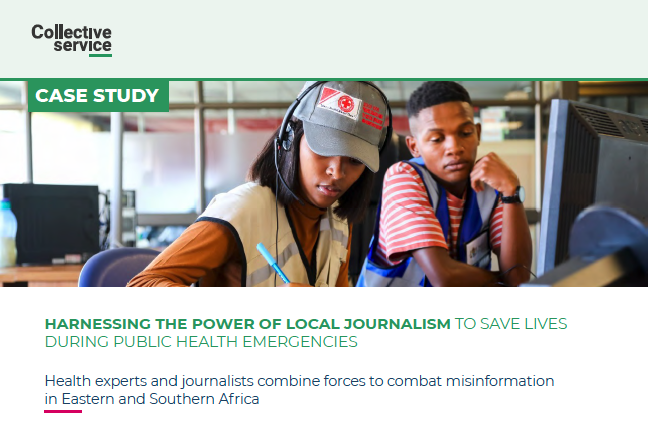HARNESSING THE POWER OF LOCAL JOURNALISM TO SAVE LIVES DURING PUBLIC HEALTH EMERGENCIES
Description
With public health emergencies on the rise in the Eastern and Southern Africa Region (ESAR), public officials and emergency responders have a responsibility to ensure communities have access to information that can keep them safe.
Efforts to provide health messages to a large global audience at warp speed have been impressive in recent years, yet the specific needs of communities in low- and middle-income countries often get missed. As the information gap widens, people’s health is put at further risk.
To rectify this discrepancy, the Collective Service intensified its risk communication and community engagement (RCCE) efforts by teaming up with some of the most trusted information sources: local journalists. Offering reporters access to top-notch health expertise and mentorship, a newly formed Media Taskforce improved the flow of accurate, tailored, and up-to-date health information to communities in need during the COVID-19 pandemic, and continues to do so today.
Co-led by Internews and the Collective Service under the UNICEF/IFRC-led RCCE Technical Working Group in Eastern and Southern Africa, the Media Taskforce is providing journalists with the tools they need to report on health crises as they emerge — from Ebola and monkeypox to cholera and mosquito-borne illnesses.
This case study explores how health experts and journalists combine forces to combat misinformation and brings the ESAR Media Taskforce to life.
Additional languages

DETAILS
Organisation
Emergency
Region
Keywords
